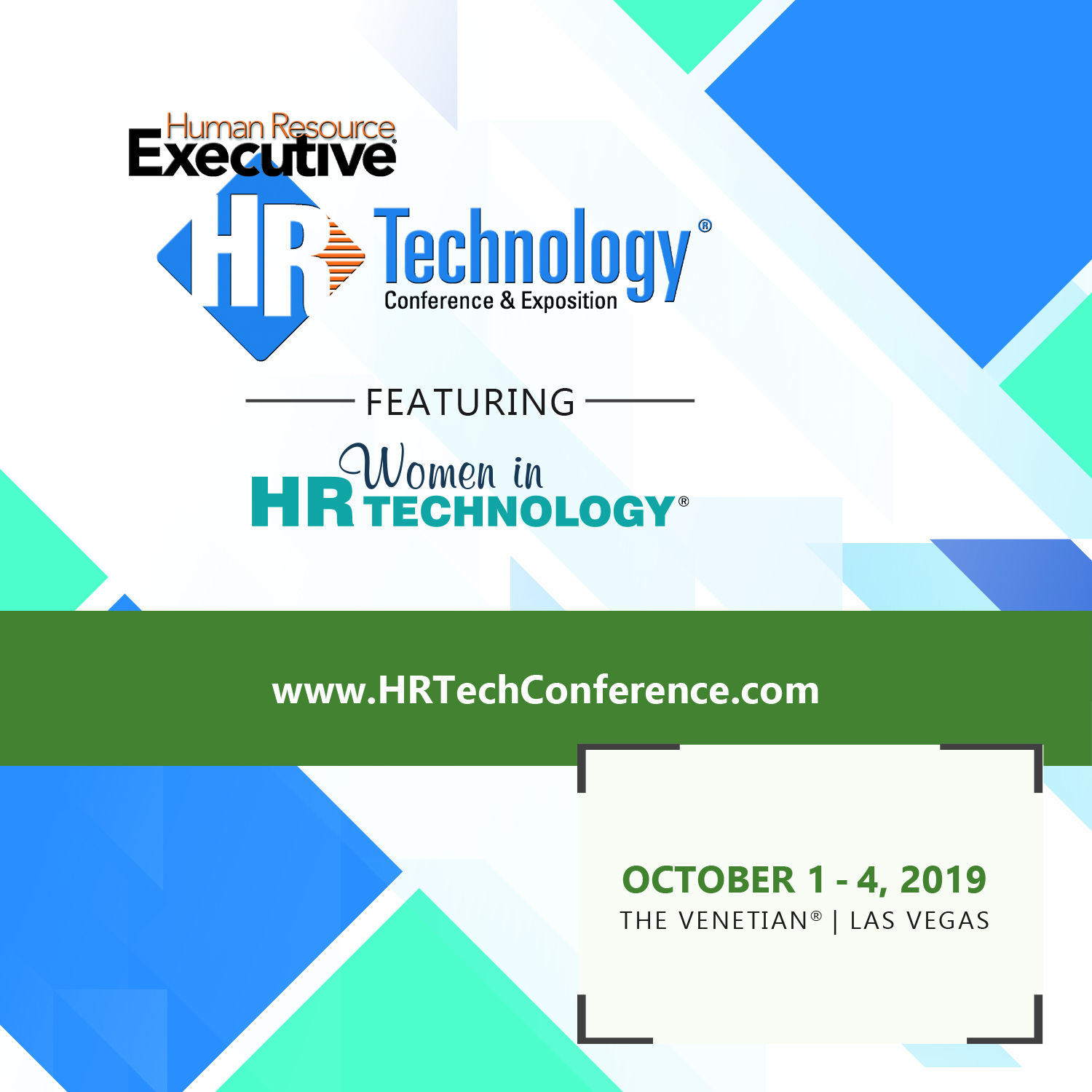CHART OF THE DAY: Report from Startup Land
I don't like to get too caught up in tracking and detailing the latest trends and moves in HR, Talent, or even workplace technology emanating from Silicon Valley. After all, the vast majority of us do not work in go-go startups, can't really empathize with most startups particular challenges, and the rules of engagement for HR and talent leaders at 30 year-old manufacturing companies with 2,600 employees are naturally, (obviously), different than at a new 12-person 'Uber for XYZ' startup in Palo Alto.
But on the other hand if you generally believe that innovation in technology, service delivery, and even 'HR' things like benefits, workplace design, and employee experience does often start at 12-person 'Uber for XYZ' startups, as they are unencumbered by size, tradition, understanding of the 'rules', and simply often too busy to worry about HR things and just get to work, then keeping an eye on what is happening in the Valley can be a useful exercise for any HR and talent pro - no matter what size and type of organization you are in.
One recently published set of snapshots on what is happening in Startup Land comes to us from Silicon Valley Bank in the form of their 2017 Startup Outlook Report (US). It is a really interesting look at some of the trends, challenges, and points of view from their survey of leaders of 941 global startups, 62% from the US. I want to share three charts from the US portion of the report, with a comment or two for each, then send you on your way for the (long) weekend.
Chart 1 - The 'War' for Talent
You'd expect that a majority of startups would report difficulty in finding the people they need to grow their businesses since many of these startups are in technology fields where the tech itself may be new, and the competition for people with these often very hard to find skills is fierce. But 90% plus saying it is challenging or extremely challenging to find talent? I must say that even surprised me. Even though the percentage ticked down a bit, 9 of 10 startup leaders showed up to work today probably worried about finding talented people.
2. Gender diversity is not improving
While it probably is not surprising that most startups have mostly male leaders and mostly male boards of directors, what is at least a little surprising, given the increased attention on this issue in the last year, is that surveyed startups are getting more male at the leadership and board levels. Buried behind this chart is the note that about a quarter of surveyed firms have formal programs in place to increase female representation in leadership roles. But a quick look at the above data suggests that these efforts are not moving the needle at all.
3. Despite it all, almost all of these startups are hiring
It is the nature of a startup to grow and hire, so you'd expect these numbers of firms looking to increase headcount in 2017 to be high, but it is pretty encouraging to see that this number has remained consistently high over the last few years. And this is really good news for the kinds of people that these startups are likely to be after - highly skilled, proficient in the latest technology, and able to add value right away. There's a reason why 'Data Scientist' is sometimes called the best job in America today. Although I'd argue that 'Stretch Four' would be better. Non basketball fans, Google that one.
Lots of other interesting data points in the 2017 Startup Outlook Report - I encourage taking a few minutes to read it through. You might not be an HR pro at a Valley startup, but you just might be competing with some of them for your next Data Scientist.
Have a great weekend!

 Steve
Steve

